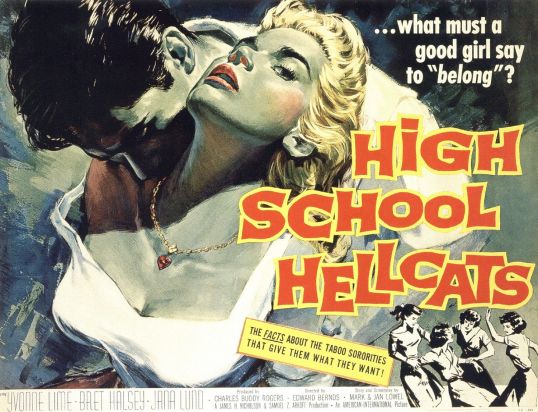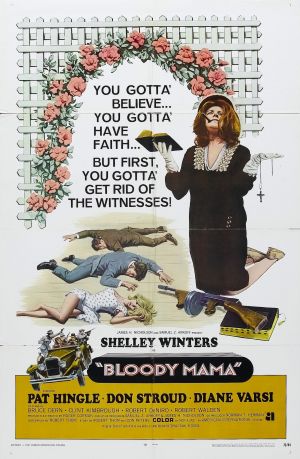(Lisa is currently in the process of trying to clean out her DVR by watching and reviewing all 40 of the movies that she recorded from the start of March to the end of June. She’s trying to get it all done by July 11th! Will she make it!? Keep visiting the site to find out!)
Before I talk about the 1927 oddity Chang (which also happened to be the 25th film on DVR), here’s a little Oscar history. If this sounds familiar, it’s probably because I already talked about all this in my review of Sunrise but there’s nothing wrong with repeating a history lesson, right?
At the first Oscar ceremony, two awards were given for Best Picture of the year. The first award — for Outstanding Production — went to Wings, a big budget action spectacular about World War I. The other award — for Unique And Artistic Presentation — went to Sunrise. I’ve read a lot of speculation about which film the Academy meant to name the best of the year but, to me, it’s fairly obvious that the Academy meant for Outstanding Production to honor the year’s big blockbusters while Unique and Artistic Presentation would honor the “art” films.
And, to be honest, I think that, way back in 1928, the Academy had the right idea. Why should they only give out one award for best picture, as if all films can be judged by only one standard? Why not give out separate awards for the best comedy or the best thriller or the best film made for a certain amount of money? Why not bring back the Oscar for Unique and Artistic Presentation?
For whatever reason, the Academy discontinued the Unique and Artistic Presentation Award after the 1st ceremony and, in the future, only one film would be named best of the year. Since Outstanding Production eventually become known as Best Picture, Wings has been immortalized as the first film to win best picture.
One of the films that Sunrise defeated was Chang. If, like me, you accept the idea that the Unique and Artistic Presentation Award was meant to be a second award for best picture, then that means that Chang might possibly be the only documentary ever nominated for the top prize. I say possibly because 1) some people would probably argue that Hollywood Revue should be considered a documentary as well and 2) it’s debatable whether or not Chang actually qualifies as a documentary.
Clocking in at only 67 minutes, Chang is a nearly plotless look at the life of a farmer in what is now Thailand and what was then called Siam. Kru the farmer plays himself and the film follows him as he takes care of his family, builds a house, and deals with the constant threat of wild animals. The animals are really the main stars of Chang and, all these years later, some of the footage is still impressive. (There’s a scene in which a tiger literally bumps his nose against the camera lens, which I imagine was a huge deal for audiences in the pre-YouTube, pre-television days of 1927.) However, despite the use of real wild animals and all the villagers playing themselves, it’s also obvious that several of the scenes have been staged. Chang itself never claims to be a documentary and, in fact, one of the title cards even announces that Chang is “a drama of the wilderness.”
Yes, there are title cards. Chang is a silent film and, to really appreciate it, modern viewers have to be willing to adjust. That said, I actually enjoyed the fact that it was silent. The title cards were all either endearingly portentous or surprisingly witty. I especially enjoyed the “ROAR!” title card that popped up whenever a tiger appeared.
In many ways, Chang serves as a precursor for the original King Kong, which was directed by the same team behind Chang, Merian C. Cooper and Ernest Schoedsack. If it can be argued that King Kong forever changed the course of American filmmaking, it can also be argued that, without the success of Chang, there would have been no King Kong.
(Another interesting bit of trivia: Chang reportedly only cost $60 to shoot. Apparently, neither Kru nor any of the other villagers were paid for starring in a movie.)
Chang is something of an oddity but I’d still recommend seeing it. It is a piece of history after all!





